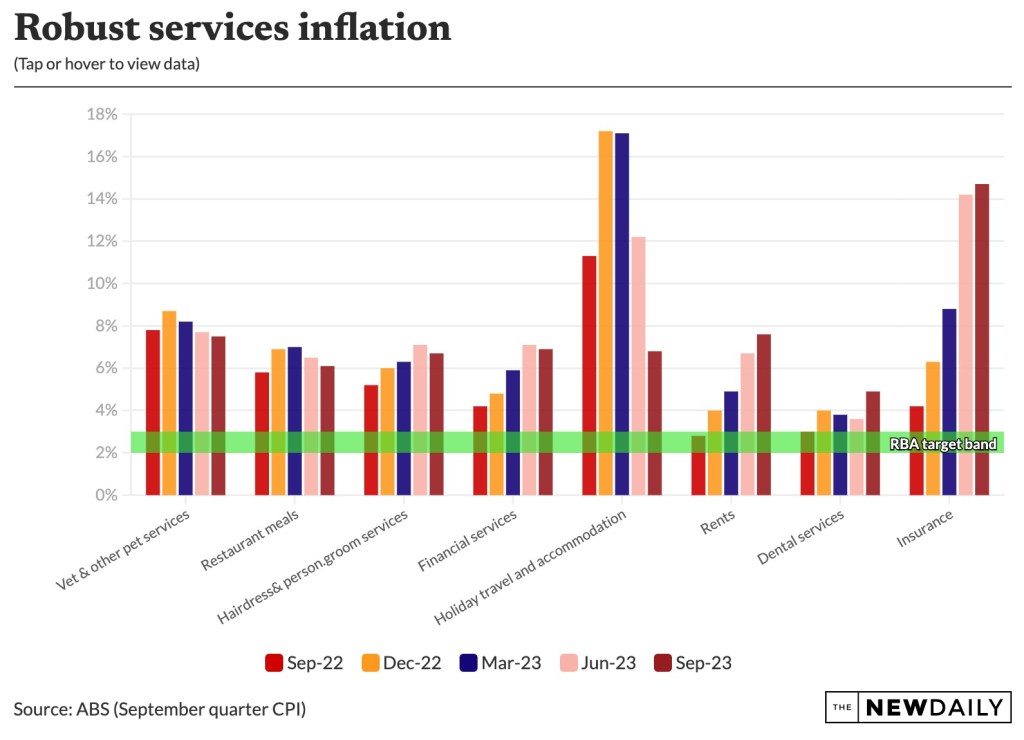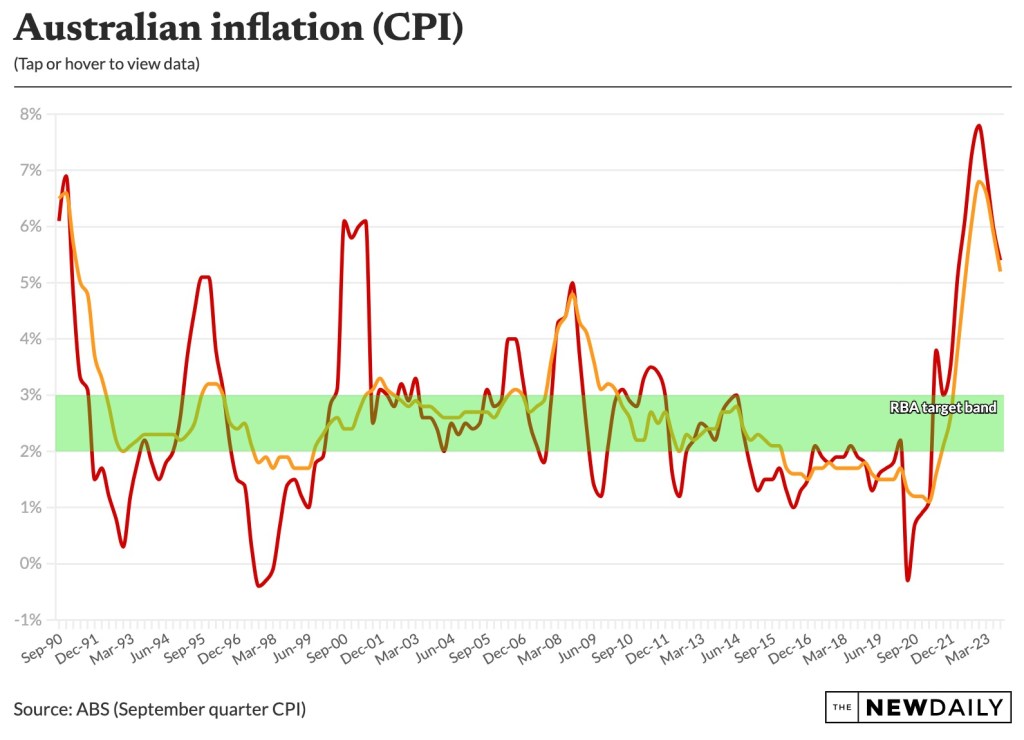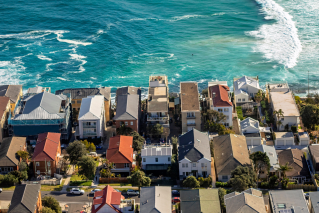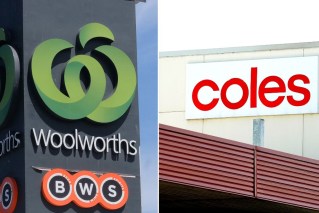‘Super sticky’: Interest rates outlook sours as underlying inflation proves stubborn

While everyday cost-of-living pressures like soaring prices for petrol, supermarket items and energy bills are front of mind for households, a more insidious problem could be putting pressure on inflation and the chance of more rate rises.
Millions of home owners are navigating yet another interest rate hike after the Reserve Bank ended a four-month mortgage reprieve on Tuesday in a bid to curb stubborn inflation.
The rate rise comes amid a mammoth petrol squeeze nationwide, with a rebound in global oil markets taking local prices well above $2 a litre, piling even more pressure onto family bills.
But economists say underlying inflation – which strips out the most volatile price changes – is the key issue facing new RBA governor Michele Bullock rather than a recent spike in petrol prices.
University of New South Wales (UNSW) economics professor Richard Holden said Australians should be “hugely concerned” about broadening price pressure across the economy.
Holden said of particular concern was services inflation – including rising travel costs, insurance, dining out and even vet and pet services – which has been robust throughout the year and threatens central bank plans.
“It’s got nothing to do with petrol prices,” Holden said of this week’s interest rates increase.
“Whichever way you cut inflation, it’s just not coming down fast enough.”
What is underlying inflation
There’s often intense focus on the headline consumer price index (CPI) when data drops each quarter and month because it reflects a range of acute cost-of-living challenges.
But underlying inflation is the main game for central bankers, economist Saul Eslake explained, with a measure called the “trimmed mean” being closely watched by the Reserve Bank board.
“Underlying inflation is a statistical measure that excludes the top 15 per cent and bottom 15 per cent of price changes in any given quarter – irrespective of what they are,” Eslake said.
“The RBA discounts the impacts of the most extreme [price movements].”
This is because central bankers are attempting to target inflation over the medium term and could be led astray by the most volatile changes in prices from period to period, such as petrol.
Eslake said Tuesday’s rate hike reflected renewed concern about the trajectory for underlying price growth, particularly after September quarter figures last week were hotter than expected.
Trimmed mean inflation came in at 5.2 per cent annually, which experts suggested was much higher than the RBA forecast under its plan to reach the 2-3 per cent target band by late 2025.
It comes after warnings from the RBA recently that it would respond to such upside surprises.
“Michele Bullock since becoming governor had presumably deliberately introduced into RBA communications the phrase that the RBA had a low tolerance for material changes in the outlook for inflation,” Eslake said.
“The board more or less had to respond as they did [by raising interest rates in November].”
Services inflation looms large
Holden said stubbornly high services inflation is a key factor driving underlying price growth, warning Australia is in a “super serious” predicament that could deliver even higher rates.
He said inflation remains “miles outside” central bank targets, with services inflation running at 5.8 per cent annually over the September quarter, according to official data.
In fact, price growth for services only just peaked in the June quarter.
“Services inflation will be super sticky,” Holden said. “I’d strap yourself in for [another interest rate increase] in February or March.”
The RBA has repeatedly warned about the outlook for services inflation and the potential for it to spark further rate hikes, particularly as wages growth rises in the absence of productivity gains.
“Underlying inflation was higher than expected at the time of the August forecasts, including across a broad range of services,” Bullock said on Tuesday.
“There are still significant uncertainties around the outlook,” she also said.
“Services price inflation has been surprisingly persistent overseas and the same could occur in Australia.”









